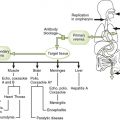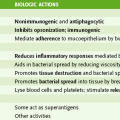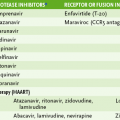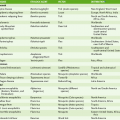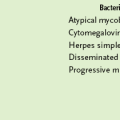Chapter 27 I General Properties (Table 27-1) TABLE 27-1 Comparison of Hepatitis Viral Infections *Refers to acute infection. HDV replicates only in HBV-infected cells. Onset of hepatitis D is most rapid, and the prognosis is worst when HDV infects cells already infected with HBV (superinfection). • The hepatitis viruses (types A to E) are a diverse group of viruses that infect the liver, resulting in mild to severe acute disease (all types) and chronic disease (types B, C, and D). A Transmission and onset of hepatitis 1. Hepatitis virions are shed and transmissible before the onset and during symptomatic and asymptomatic phases of infections. • Present in body fluids with parenteral and sexual spread • Insidious onset of acute disease with potential for chronic infection 1. Host immune response is the primary cause of liver damage resulting from infection by any of the hepatitis viruses. 2. Direct cytopathic effects contribute to pathogenesis in hepatitis A, E, and D infection. C Common clinical manifestations of acute hepatitis 1. Acute hepatitis symptoms are similar for all viruses. 2. Severity and duration of acute disease vary among the hepatitis viruses. 1. HAV is a small, naked (+) RNA virus belonging to the family Picornaviridae (see Chapter 23). 2. Like other enteroviruses, HAV is acid resistant and can survive in the gastrointestinal tract and sewage systems. 1. After ingestion, HAV probably replicates in the oropharynx and the intestinal epithelium. 2. Viremia spreads the virus to the liver, where it replicates within hepatocytes with minimal damage. 3. Virions are released into the bile and shed into the stool 10 days before symptoms appear. 4. Disease manifestations result from host immune and inflammatory response. C Hepatitis A disease (infectious hepatitis) 1. Acute disease is usually mild, or asymptomatic, and occurs most often in school-aged children and young adults. 2. Complete recovery occurs in 99% of the cases and confers lifelong immunity. • Serologic detection of anti-HAV immunoglobulin M (IgM) antibody provides confirmation of hepatitis A diagnosis. 1. Chlorine treatment of water and sewage, good hygienic practices, and avoidance of contaminated food and water (especially uncooked shellfish) reduce HAV transmission. 2. Inactivated HAV vaccine is recommended for travelers to endemic regions. 3. Passive immunization with immune globulin before exposure or soon after can protect contacts. 1. HBV is a small, enveloped virus with a circular, partially double-stranded DNA genome. 2. HBV encodes a reverse transcriptase, which is carried in the virion particle. 3. Only human virus belonging to the family Hepadnaviridae. 4. Unlike most enveloped viruses, HBV virion (Dane particle) is resistant to low pH, moderate heating, and detergents.
Hepatitis Viruses
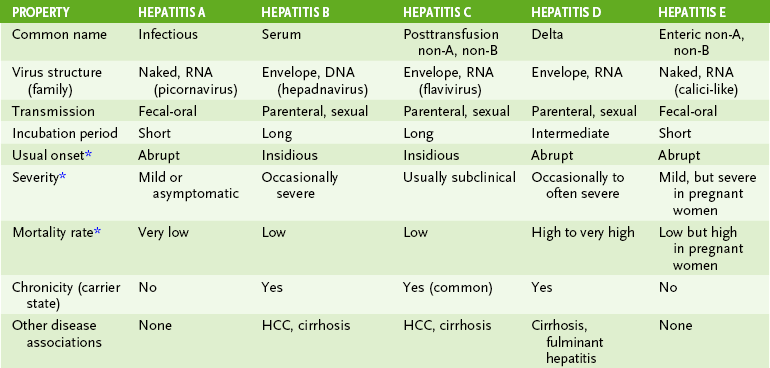
![]()
Stay updated, free articles. Join our Telegram channel

Full access? Get Clinical Tree


Hepatitis Viruses

